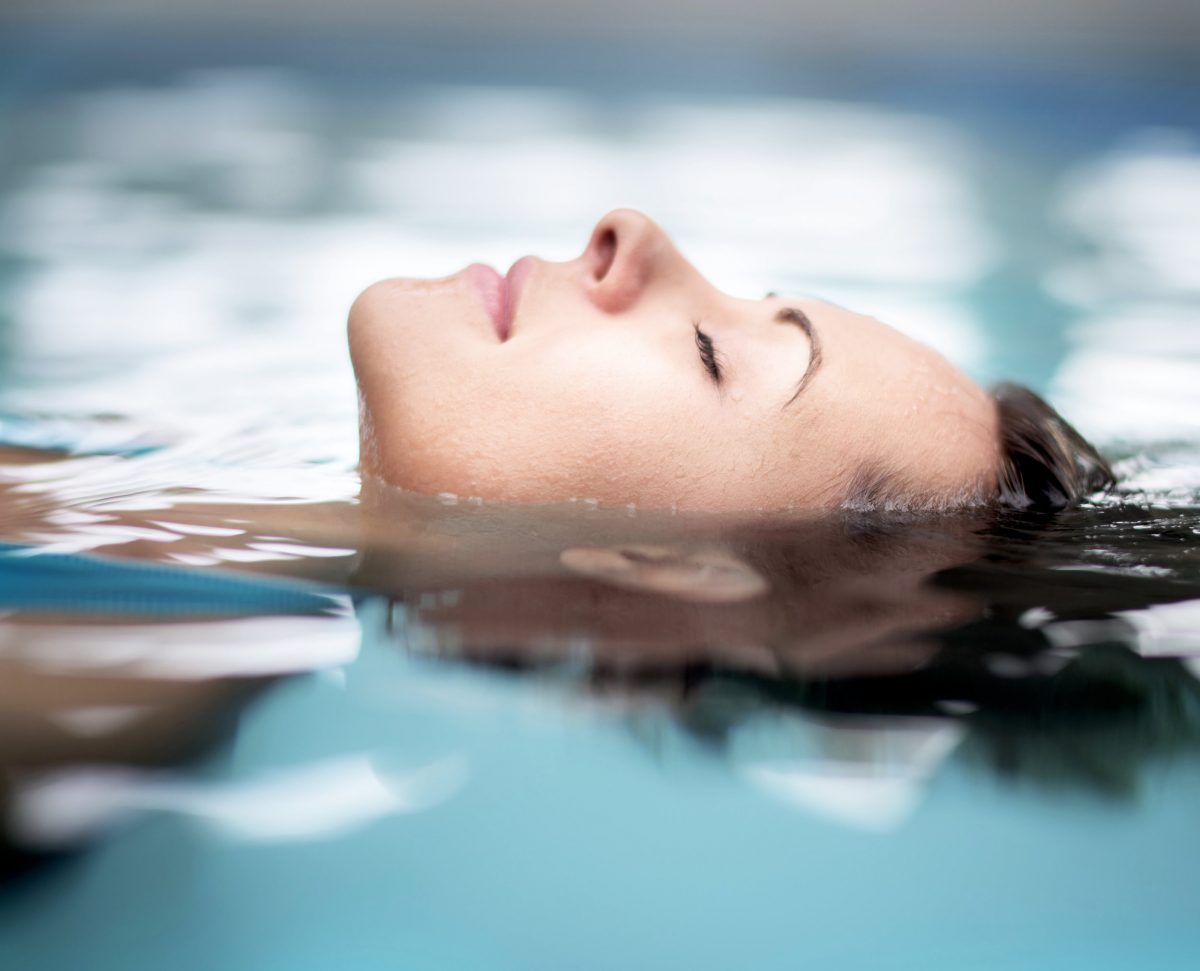Hydrotherapy
Hydrotherapy soaking takes run-of-the-mill bathing to another level. This soothing treatment offers pain relief, detoxification, skin health, and a host of other wellness benefits.
The practice of using water to treat and cure ailments goes back to ancient Egypt, Rome, Greece, and China; from rose-scented bathwater to bubbling hot springs, this simple-but-effective therapy is enjoyed far and wide, and has even become a regular go-to treatment in the sports arena.
how does it work?
Herbal and mineral hydrotherapy involves immersing the body in a pool of water which has been treated with essential oils, flower essences, and other healing essences. The water acts as a conduit, bringing soothing oils to the skin and muscles of the body, and also enhances the aromatic experience. Varying pressure can be implemented, especially in whirlpools or hot tubs, as well as varying degrees of temperature (hot water generally soothes, while cold invigorates).
However, the holistic practice of both soaking in and inhaling healing herbs cannot be paralleled – herbal hydrotherapy soaking is a dynamic experience that calms the body and mind in unison.
who is it for?
Hydrotherapy is often tailored to individual needs and concerns, and can treat a plethora of ailments. Many of us are familiar with the hydrotherapeutic practice of soaking in Epsom salt to soothe sore muscles, for instance, or using a foot bath to warm us when we’re feeling under the weather. Herbs and minerals take it a step further by allowing us to “feel out” what the body needs, and tending to it with strong intention and care.
Frazzled moms and the generally-busy may find a hydrotherapy soak especially helpful for soothing the nerves, quieting the mind, and taking the time to plain old relax! A good herbal soak can also supplement a mind-body practice, such as yoga, meditation, or tai chi. Those who are simply looking to enhance their beauty routine will enjoy the cosmetic perks that a mineral soak has to offer, as well.
Due to its buoyancy benefits, evidence has shown that joint mobility, balance, and strength can be improved via water therapy, and that chronic pain, such as lower back and/or arthritis, can be treated, too.
when and how often?
Ideally, hydrotherapy should be viewed as a regular wellness practice (rather than a rare spa-day treat). It can be practiced as needed, to treat specific concerns, or it can be enjoyed as a general relaxant and health-booster.
As a rule of thumb, you should develop a wellness plan with a qualified therapist or guide that addresses your individual needs. To learn more, schedule your complimentary appointment with one of our Whole Body Health Advisors, and see how hydrotherapy could be incorporated into your wellness regime.


